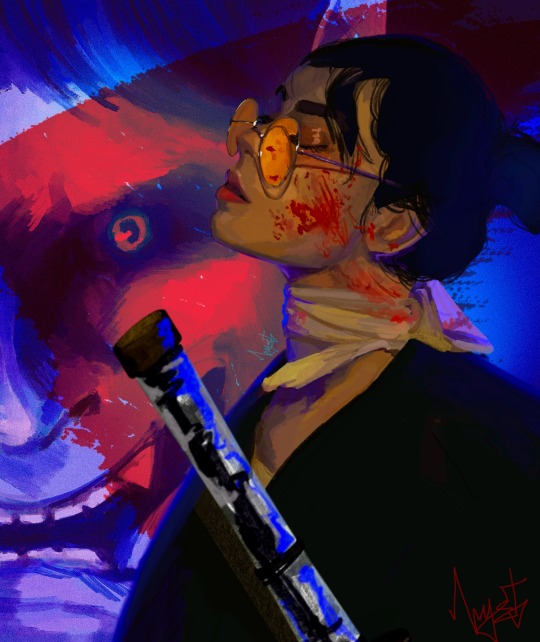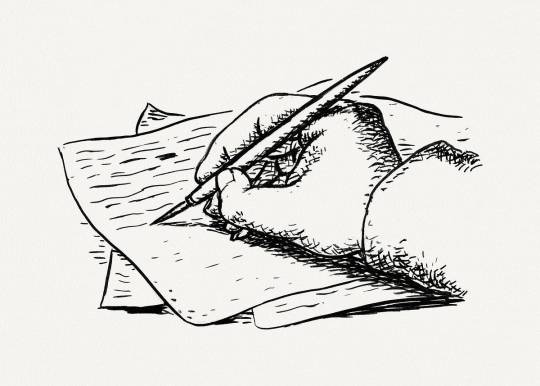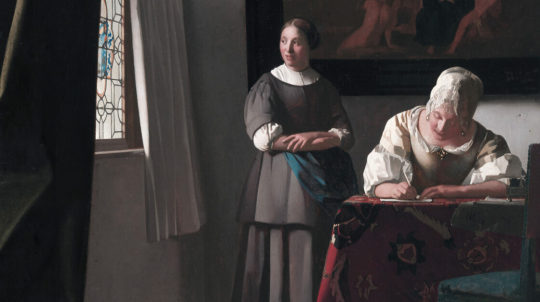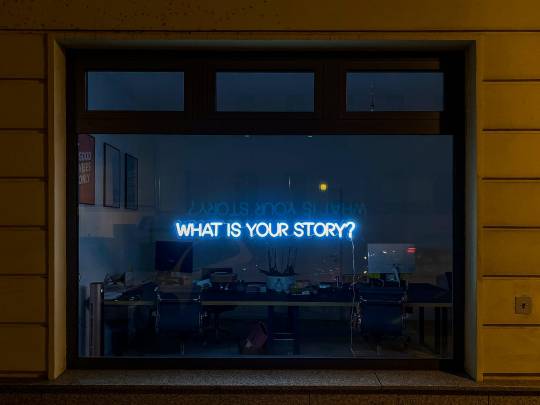#show
Explore tagged Tumblr posts
Text

Todays izutsumi: grumpy
#delicious in dungeon#dungeon meshi#izutsumi#daily izutsumi#anime#kitty#izutsumi dungeon meshi#manga#show
209 notes
·
View notes
Video
Lockheed Martin F-22 Raptor Jet FF AF 02 034 USAF 02-4034 by Chris Murkin Via Flickr: Lockheed Martin F-22 Raptor Jet FF AF 02 034 USAF 02-4034 The Lockheed Martin F-22 Raptor is a single-seat twin-engine stealth tactical fighter aircraft Photo taken at EAA Airventure Wittman Regional Airport Oshkosh Wisconsin USA July 2024 DAG_3394
#Air#Show#Photo#EAA#Airventure#Wittman#Regional#Airport#Oshkosh#Wisconsin#USA#Jet#Nikon#D850#Aviation#AIRCRAFT#AEROPLANE#American#PLANE#Military#Fighter#Flying#single-seat#Twin-Engine#stealth#Photographic#Photography#Picture#Lockheed#Martin
52 notes
·
View notes
Text










JOSH HARTNETT as DR. ALEX HOFFMAN
THE FEAR INDEX (2022) — 1x01
#i need him BAD#GODDDD#he looks so GOOD MAN GAWD DAMN!#josh hartnett#jhartnettedit#j hartnett#josh#hartnett#show#tvshowedit#tv shows#tv show#mini tv show#thrilleredit#thrillergifs#thriller#book adaptation#the fear index#fear index#the fear index 2022#alex hoffman#robert harris#my gifs#my gifset#my gif#my gifedit#gifs#gifset#gifedit#by me
31 notes
·
View notes
Text
Day 75 of posting the first photo of @zayn Pinterest recommends me

#tbt#throwback#zayn#zayn malik#zm#z#m#zaynmalik#zaddy#zquad#zayn zquad#one direction zayn#one direction#1d zayn#1d#1direction#directioners#stage#live performance#live#show#tour#world tour#photo challenge#Pinterest#day 75
30 notes
·
View notes
Text
Severance had replaced that The Bear shaped hole in my " why the fuck is all my socials blowing up today about a show I've never heard of before today pls calm down because you're making me actively not want to watch it" heart! <3
23 notes
·
View notes
Text

Cow Mafia....
Moov...it along nothing to see here.
Source Me laf@ilyF 😊
#artists on tumblr#original photographers#photographers on tumblr#photography#my photgraphy#colors#oklahoma#cows#show#mafia#faces#animals
21 notes
·
View notes
Text
They made a show called “The T word” which essentially was the same as “The L word” but all the lesbians were translators. When my teacher suggested we watch it in our translation class, I was like sir, this is a terrible idea.
10K notes
·
View notes
Text

8K notes
·
View notes
Text




(Keep forgetting Bill’s scar)
Handyman AU with Bill being an older brother
3K notes
·
View notes
Text

“Blue Eyed Onryo”
7K notes
·
View notes
Text
happy anniversary to whatever is going on in this show
#black sails#bs#mine#edit#comp#scene#compilation#tv show#show#book#character#treasure island#pirate#james flint#charles vane#john silver#hale gates#eleanor guthrie#max bs#anne bonny#jack rackham#idelle
6K notes
·
View notes
Text

Todays izutsumi: about to explode
#delicious in dungeon#dungeon meshi#izutsumi#daily izutsumi#anime#kitty#izutsumi dungeon meshi#manga#show
161 notes
·
View notes
Text
“Show, Don’t Tell”…But This Time Someone Explains It

If you’ve ever been on the hunt for writing advice, you've definitely seen the phrase “Show, Don’t Tell.”
Writeblr coughs up these three words on the daily; it’s often considered the “Golden Rule” of writing. However, many posts don't provide an in-depth explanation about what this "Golden Rule" means (This is most likely to save time, and under the assumption that viewers are already informed).
More dangerously, some posts fail to explain that “Show, Don’t Tell” occasionally doesn’t apply in certain contexts, toeing a dangerous line by issuing a blanket statement to every writing situation.
The thing to take away from this is: “Show, Don’t Tell” is an essential tool for more immersive writing, but don't feel like a bad writer if you can’t make it work in every scenario (or if you can’t get the hang of it!)
1. What Does "Show, Don't Tell" Even Mean?

“Show, Don’t Tell” is a writing technique in which the narrative or a character’s feelings are related through sensory details rather than exposition. Instead of telling the reader what is happening, the reader infers what is happening due to the clues they’ve been shown.
EXAMPLE 1:
Telling: The room was very cold. Showing: She shivered as she stepped into the room, her breath steaming in the air.
EXAMPLE 2:
Telling: He was furious. Showing: He grabbed the nearest book and hurled it against the wall, his teeth bared and his eyes blazing.
EXAMPLE 3 ("SHOW, DON'T TELL" DOESN'T HAVE TO MEAN "WRITE A LOT MORE")
Telling: The room hadn't been lived in for a very long time. Showing: She shoved the door open with a spray of dust.
Although the “showing” sentences don’t explicitly state how the characters felt, you as the reader use context clues to form an interpretation; it provides information in an indirect way, rather than a direct one.
Because of this, “Show, Don’t Tell” is an incredibly immersive way to write; readers formulate conclusions alongside the characters, as if they were experiencing the story for themselves instead of spectating.
As you have probably guessed, “showing” can require a lot more words (as well as patience and effort). It’s a skill that has to be practiced and improved, so don’t feel discouraged if you have trouble getting it on the first try!
2. How Do I Use “Show, Don’t Tell” ?

There are no foolproof parameters about where you “show” and not “tell" or vice versa; it’s more of a writing habit that you develop rather than something that you selectively decide to employ.
In actuality, most stories are a blend of both showing and telling, and more experienced writers instinctively switch between one and another to cater to their narrative needs. You need to find a good balance of both in order to create a narrative that is both immersive and engaging.
i. Help When Your Writing Feels Bare-Bones/Soulless/Boring
Your writing is just not what you’ve pictured in your head, no matter how much you do it over. Conversations are stilted. The characters are flat. The sentences don’t flow as well as they do in the books you've read. What’s missing?
It’s possibly because you’ve been “telling” your audience everything and not “showing”! If a reader's mind is not exercised (i.e. they're being "spoon-fed" all of the details), your writing may feel boring or uninspired!
Instead of saying that a room was old and dingy, maybe describe the peeling wallpaper. The cobwebs in the corners. The smell of dust and old mothballs. Write down what you see in your mind's eye, and allow your audience to formulate their own interpretations from that. (Scroll for a more in-depth explanation on HOW to develop this skill!)
ii. Add More Depth and Emotion to Your Scenes
Because "Show, Don't Tell" is a more immersive way of writing, a reader is going to feel the narrative beats of your story a lot more deeply when this rule is utilized.
Describing how a character has fallen to their knees sobbing and tearing our their hair is going to strike a reader's heart more than saying: "They were devastated."
Describing blood trickling through a character's fingers and staining their clothes will seem more dire than saying: "They were gravely wounded."
iii. Understand that Sometimes Telling Can Fit Your Story Better
Telling can be a great way to show your characters' personalities, especially when it comes to first-person or narrator-driven stories. Below, I've listed a few examples; however, this list isn't exclusive or comprehensive!
Initial Impressions and Character Opinions
If a character describes someone's outfit as "gaudy" or a room as "absolutely disgusting," it can pack more of a punch about their initial impression, rather than describing the way that they react (and can save you some words!). In addition, it can provide some interesting juxtaposition (i.e. when a character describes a dog as "hideous" despite telling their friend it looks cute).
2. Tone and Reader Opinions
Piggybacking off of the first point, you can "tell, not show" when you want to be certain about how a reader is supposed to feel about something. "Showing" revolves around readers drawing their own conclusions, so if you want to make sure that every reader draws the same conclusion, "telling" can be more useful! For example, if you describe a character's outfit as being a turquoise jacket with zebra-patterned pants, some readers may be like "Ok yeah a 2010 Justice-core girlie is slaying!" But if you want the outfit to come across as badly arranged, using a "telling" word like "ridiculous" or "gaudy" can help set the stage.
3. Pacing
"Show, don't tell" can often take more words; after all, describing a character's reaction is more complicated than stating how they're feeling. If your story calls for readers to be focused more on the action than the details, such as a fight or chase scene, sometimes "telling" can serve you better than "showing." A lot of writers have dedicated themselves to the rule "tell action, show emotion," but don't feel like you have to restrict yourself to one or the other.
iv. ABOVE ALL ELSE: Getting Words on the Page is More Important!
If you’re stuck on a section of your story and just can’t find it in yourself to write poetic, flowing prose, getting words on the paper is more important than writing something that’s “good.” If you want to be able to come back and fix it later, put your writing in brackets that you can Ctrl + F later.
Keeping your momentum is the hardest part of writing. Don't sacrifice your inspiration in favor of following rules!
3. How Can I Get Better at “Show, Don’t Tell”?

i. Use the Five Senses, and Immerse Yourself!
Imagine you’re the protagonist, standing in the scene that you have just created. Think of the setting. What are things about the space that you’d notice, if you were the one in your character’s shoes?
Smell? Hear? See? Touch? Taste?
Sight and sound are the senses that writers most often use, but don’t discount the importance of smell and taste! Smell is the most evocative sense, triggering memories and emotions the moment someone walks into the room and has registered what is going on inside—don’t take it for granted. And even if your character isn’t eating, there are some things that can be “tasted” in the air.
EXAMPLE:
TELLING: She walked into the room and felt disgusted. It smelled, and it was dirty and slightly creepy. She wished she could leave. SHOWING: She shuffled into the room, wrinkling her nose as she stepped over a suspicious stain on the carpet. The blankets on the bed were moth-bitten and yellowed, and the flowery wallpaper had peeled in places to reveal a layer of blood-red paint beneath…like torn cuticles. The stench of cigarettes and mildew permeated the air. “How long are we staying here again?” she asked, flinching as the door squealed shut.
The “showing” excerpt gives more of an idea about how the room looks, and how the protagonist perceives it. However, something briefer may be more suited for writers who are not looking to break the momentum in their story. (I.e. if the character was CHASED into this room and doesn’t have time to take in the details.)
ii. Study Movies and TV Shows: Think like a Storyteller, Not Just a Writer
Movies and TV shows quite literally HAVE TO "show, and not tell." This is because there is often no inner monologue or narrator telling the viewers what's happening. As a filmmaker, you need to use your limited time wisely, and make sure that the audience is engaged.
Think about how boring it would be if a movie consisted solely of a character monologuing about what they think and feel, rather than having the actor ACT what they feel.
(Tangent, but there’s also been controversy that this exposition/“telling” mindset in current screenwriting marks a downfall of media literacy. Examples include the new Percy Jackson and Avatar: The Last Airbender remakes that have been criticized for info-dumping dialogue instead of “showing.”)
If you find it easy to envision things in your head, imagine how your scene would look in a movie. What is the lighting like? What are the subtle expressions flitting across the actors' faces, letting you know just how they're feeling? Is there any droning background noise that sets the tone-- like traffic outside, rain, or an air conditioner?
How do the actors convey things that can't be experienced through a screen, like smell and taste?
Write exactly what you see in your mind's eye, instead of explaining it with a degree of separation to your readers.
iii. Listen to Music
I find that because music evokes emotion, it helps you write with more passion—feelings instead of facts! It’s also slightly distracting, so if you’re writing while caught up in the music, it might free you from the rigid boundaries you’ve put in place for yourself.
Here’s a link to my master list of instrumental writing playlists!
iv. Practice, Practice, Practice! And Take Inspiration from Others!
“Show Don’t Tell” is the core of an immersive scene, and requires tons of writing skills cultivated through repeated exposure. Like I said before, more experienced writers instinctively switch between showing and telling as they write— but it’s a muscle that needs to be constantly exercised!
If I haven’t written in a while and need to get back into the flow of things, I take a look at a writing prompt, and try cultivating a scene that is as immersive as possible! Working on your “Show, Don’t Tell” skills by practicing writing short, fun one-shots can be much less restrictive than a lengthier work.
In addition, get some inspiration and study from reading the works of others, whether it be a fanfiction or published novel!
If you need some extra help, feel free to check out my Master List of Writing Tips and Advice, which features links to all of my best posts, each of them categorized !
Hope this helped, and happy writing!
3K notes
·
View notes
Text






"It only seems fitting that I steer you, haha, through this rite of passage."
THE SUITE LIFE OF ZACK & CODY | 01x10 "Cody Goes to Camp"
#the suite life of zack and cody#suitelifeedit#disneyedit#disney channel#disneychanneledit#disneynetwork#usersitcom#userjessica#tusercourtney#userrobin#userzackmartin#rogerhealey#useralison#usermatida#usersource#userdani#usermorgan#usergoose#userholtz#cinematv#ours#by christie#suite life franchise#show#live action#2000s
634 notes
·
View notes
Text

907 notes
·
View notes
